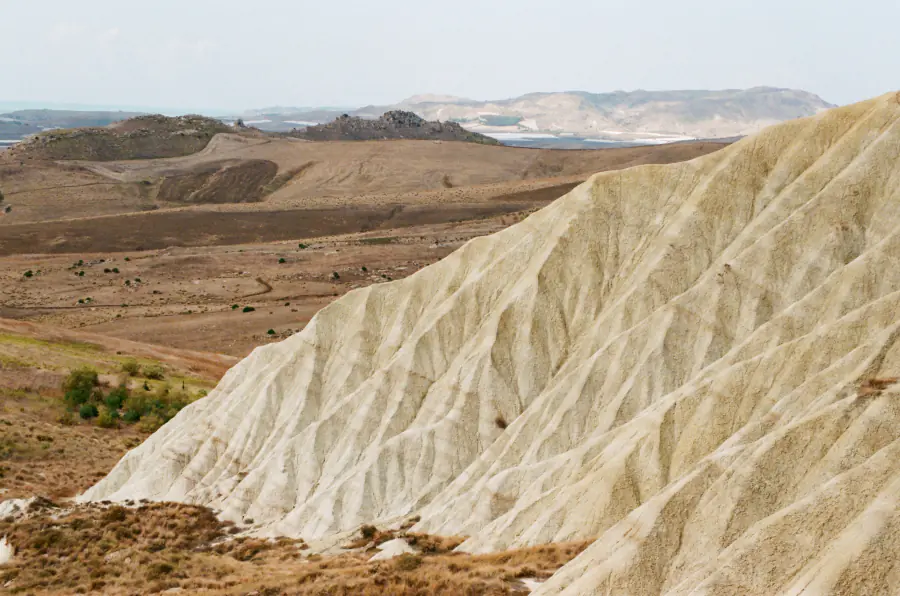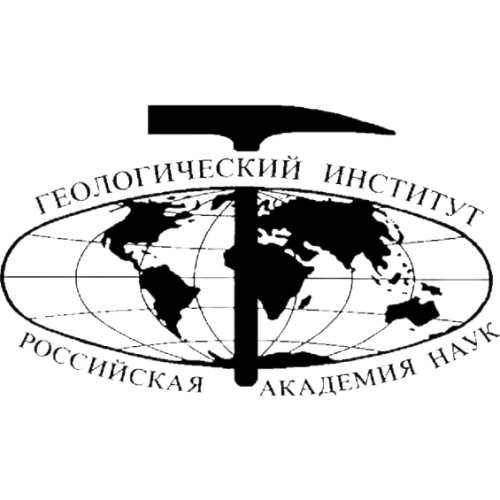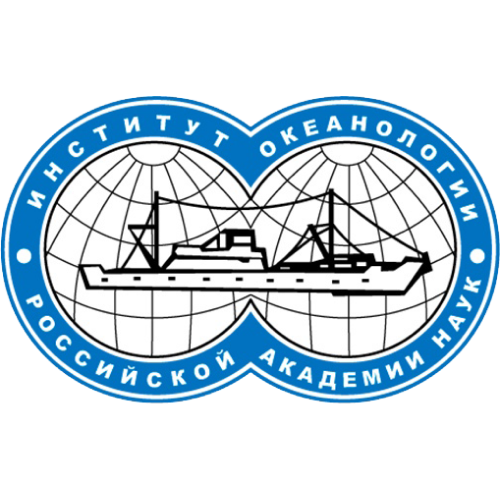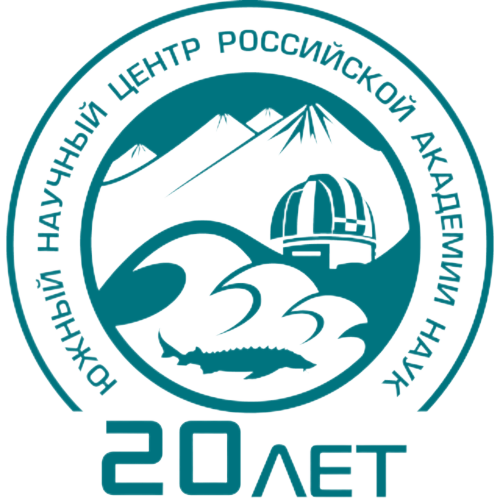Scientific Research Laboratory of the latest Deposits and Paleogeography of the Pleistocene
The Laboratory of the latest deposits and Paleogeography of the Pleistocene unites highly qualified specialists in the field of geomorphology, lithology, paleontology, physics, and geochemistry. The basis of the laboratory's scientific activity is paleogeographic reconstructions of the evolution of the nature of continents and oceans in order to establish patterns of their development in the Pleistocene and develop a long–term forecast of changes in natural systems. The general principle of the study is a comprehensive paleogeographic analysis of the latest deposits. The complex technique, which makes it possible to reliably substantiate stratigraphic conclusions and reconstruct the paleogeographic situation of the Pleistocene, uses a set of general and particular methods: geomorphological, lithological-mineralogical, geochemical, paleobotanical, paleofaunistic and micropaleontological, paleomagnetic, geochronological. The leading fundamental topic of the laboratory "Paleogeographic reconstructions of natural geosystems and forecasting of their changes" is included in the priority theme of the faculty "Global and regional changes in the environment and society".
- Analysis of Earth remote sensing data
- Stable isotope analysis (Stable isotope geochemistry)
- Biostratigraphy
- Laser diffraction
- Luminescence dating
- Malacology
- Micropaleontology
- Paleobotany
- X-ray fluorescence analysis (X-ray fluorescence)
- Chemostratigraphy
- Climatostratigraphy






Research directions
Paleogeographic patterns of the development of the natural environment of Northern Eurasia in the Pleistocene and Holocene

Evolution of Arctic marine geosystems in the context of climate and sea level changes
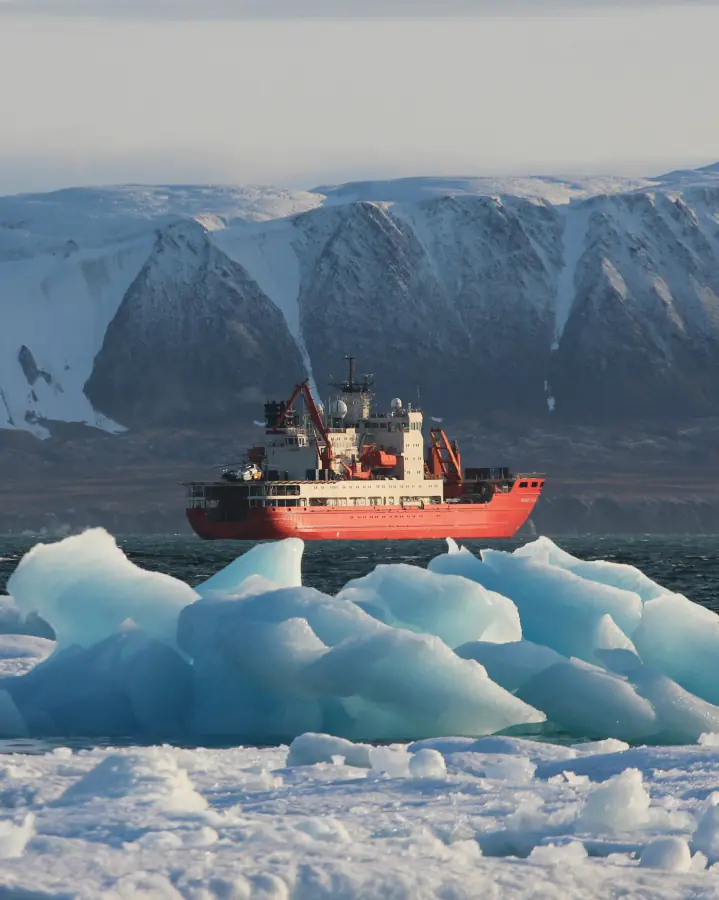
Marine basins of the South of Russia in the context of global and regional climate change
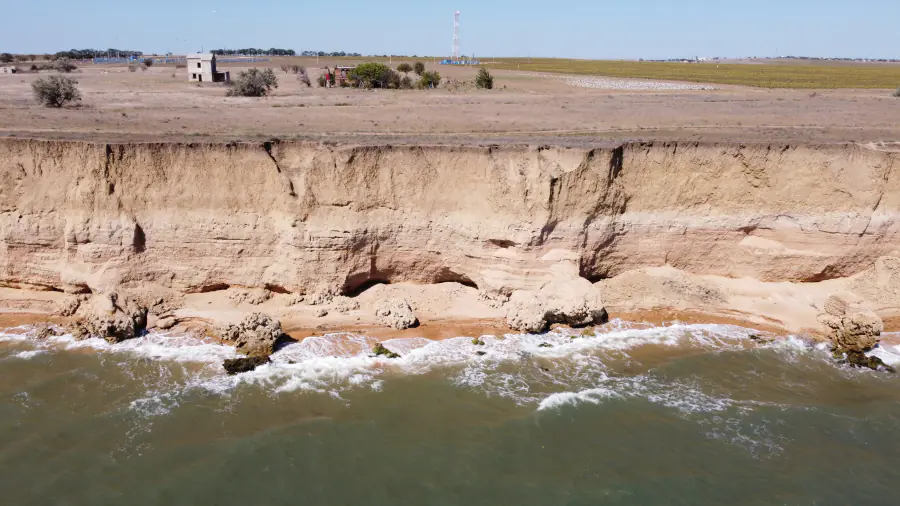
Absolute dating of sediments and paleogeographic events
Theoretical problems of the paleoclimate of the Pleistocene and Holocene
